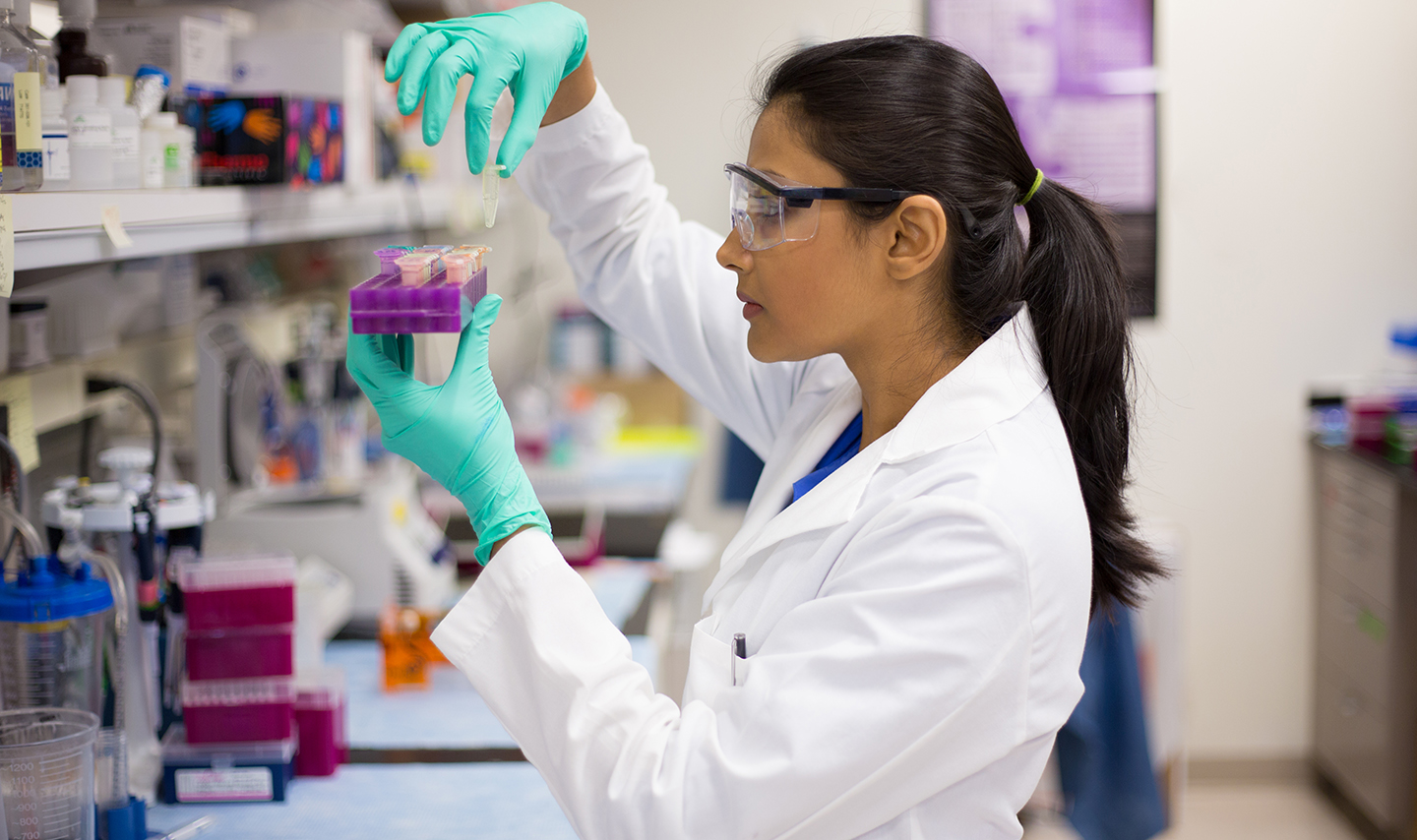What is Cancer Prevention?
Unlike cancer treatment, cancer prevention means taking an active role to decrease the prevalence of cancer and mortality.
What tools are used for cancer prevention?
Cancer prevention involves several pathways. Individual efforts to improve lifestyle through diet and exercise as well as external factors such as socioeconomics, environment, public policy, and education are the most important.
— NCBI
Does Cancer Prevention have economic impacts?
YES! Promoting good health practices and behaviors in addition to policies that protect those that cannot protect themselves can have powerful effects for a wide breadth of demographics.
— NCBI
What causes the most cases of cancer?
Cancer finds its way into people’s lives through family, genetics, and external factors.
Curiously, environmental risk factors and lifestyle choices, despite not always being controllable, are the primary causes of cancer. Those risks include tobacco, obesity, and sexually transmitted diseases to include HIV and HPV. Risks can include chemical exposures such as PFOA or PFAS, air pollution, physical inactivity, alcohol, sun and indoor tanning.
Is Obesity a Cancer Risk ?
YES it is. People who are obese may have an increased risk of several types of cancer, including cancers of the breast (in women who have been through menopause), colon, rectum, endometrium (lining of the uterus), esophagus, kidney, pancreas, and gallbladder.
Can being a healthy weight lessen your risk for cancer ?
Yes. Eating a healthy diet, being physically active, and keeping a healthy weight may help reduce risk of some cancers. These beneficial behaviors also lessen the risk of other illnesses, such as heart disease, type II diabetes, and high blood pressure.
Does HIV Increase Risks for Cancer?
YES.
Infection with HIV weakens the immune system and reduces the body’s ability to fight viral infections that may lead to cancer (2, 7, 8). The viruses that are most likely to cause cancer in people with HIV are:
Kaposi sarcoma-associated herpesvirus (KSHV), also known as human herpesvirus 8 (HHV-8), which causes Kaposi sarcoma and some subtypes of lymphoma
Epstein-Barr virus (EBV), which causes some subtypes of non-Hodgkin and Hodgkin lymphoma
Human papillomaviruses (HPV), high-risk types of which cause cervical cancer, most anal cancers, and oropharyngeal, penile, vaginal, and vulvar cancer
Hepatitis B virus (HBV) and hepatitis C virus (HCV), which both cause liver cancer
— CDC
— NCBI
HIV-infected persons are more likely to be infected with these viruses than people in the general population.
Infection with HIV weakens the immune system and reduces the body’s ability to fight viral infections that may lead to cancer. The viruses that are most likely to cause cancer in people with HIV are:
Kaposi sarcoma-associated herpesvirus (KSHV), also known as human herpesvirus 8 (HHV-8), which causes Kaposi sarcoma and some subtypes of lymphoma
Epstein-Barr virus (EBV), which causes some subtypes of non-Hodgkin and Hodgkin lymphoma
Human papillomaviruses (HPV), high-risk types of which cause cervical cancer, most anal cancers, and oropharyngeal, penile, vaginal, and vulvar cancer.
Hepatitis B virus (HBV) and hepatitis C virus (HCV), which both cause liver cancer.

